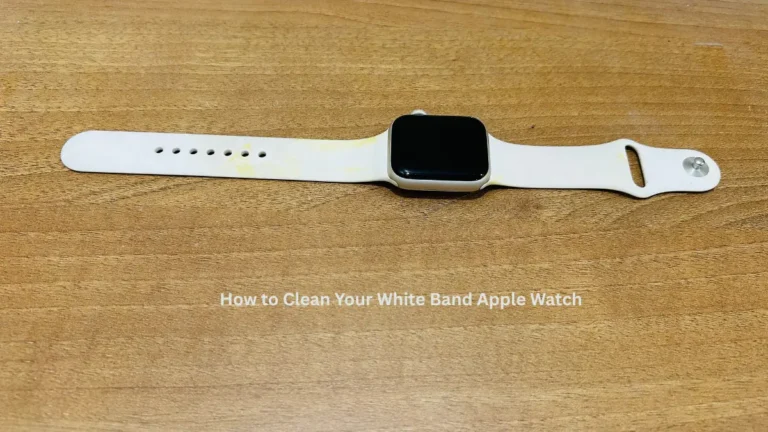Everybody loves magic. People get excited whenever they see a trick. But not many of them will try to figure out how it is done. The same thing goes for the home internet. People will try their best to stay away from complex internet terminologies until they are left with no other choice but to know about it. And considering how the pandemic has made everyone bound to their homes, people have no option but to get familiar with internet technology which many ISPs offer bundled with cable TV services such as Charter cable.
Before subscribing, it is essential to know what kind of internet will best suit your needs as it will let you know which ISP to opt for. When you set out in the internet market, you will hear a lot about DSL. This is because it is one of the most common types of residential internet services. So, what is it? Well, read on to find out!
What Is DSL?
Digital Subscriber Line or DSL is a wired internet connection that uses telephone lines to transmit internet speeds to the user’s home. Since it uses telephone lines to transfer bandwidth, many people confuse it with dial-up which is something else entirely. DSL relies on higher frequency bands to send data which is what results in a stable connection. A DSL doesn’t cut off your phone lines to deliver the internet, unlike a dial-up connection.
Types of DSL
During the past few years, DSL has gone through some revolutions. Today, it has different types. Let’s take a look at each one of them.
1. ADSL
This is the most famous type of DSL. It is known as asymmetrical DSL. For anyone using this type of DSL can expect a download speed of up to 8 Mbps. However, the upload speed is not that impressive and reaches only up to 384 Kbps.
2. ADSL 2+
This too is asymmetrical DSL but it offers higher speeds as compared to ADSL. If you wish to use this type then know that the download speed will be about 20 Mbps whereas the upload speed could be up to 850 kbps.
3. VDSL
This type is much better than ADSL and ADSL 2+ as it offers a decent speed to the users. If you want to opt for this option then you will get a download speed of up to 52 Mbps. As for the upload speed, you can expect to receive up to 2.3 Mbps.
4. VDSL 2
This option is even better than VDSL. If you choose to go with this type then you can expect to receive download and upload speeds of up to 100 Mbps. This connection will be best for you if you want to stream videos or play online games.
Factors That Can Disrupt DSL Internet Speeds
People who go for DSL internet may sometimes find issues with the connection speed. But, why is that? Well, there are a couple of factors that may disrupt the DSL internet speed. The first is distance. The shorter the distance is between your provider’s office and your home; the higher the internet speeds will be. And the second is the kind of router and modem you use. You have to make sure that both of them are modern so that you can continue to get decent speeds.
How Fast Is It?
When it comes to speed, DSL lags behind cable and fiber optics. You see, the average speed of DSL is just 6 Mbps whereas cable can offer 100 Mbps. However, fiber is extremely efficient than DSL and cable and provides an impressive speed of up to 1000 Mbps. So, the question now is what can you do with 6 Mbps? Well, a lot of things apparently. For instance, you can browse the web, send an email, and stream videos in SD quality.
Conclusion
DSL is widely used in the United States and is available in all states. The fact that it is affordable, has a cheap installation process, and offers stable speeds makes it a winner. If you are situated in a rural area then you can surely choose to opt for the DSL service from a reputable internet service provider.




